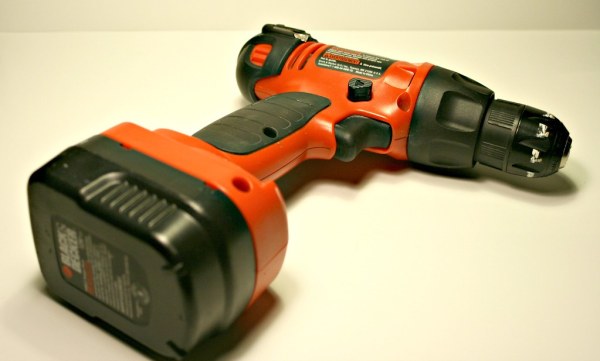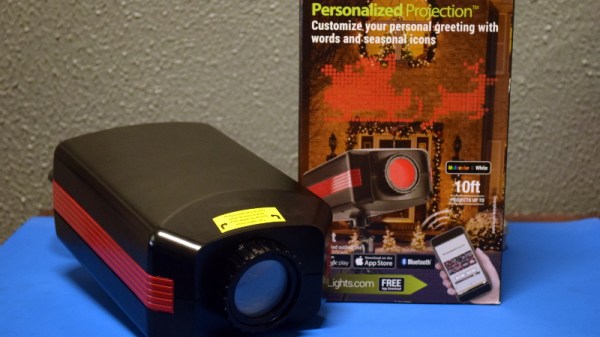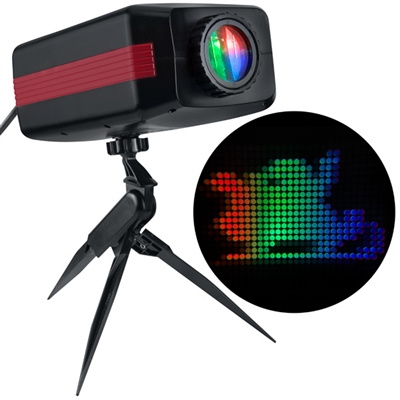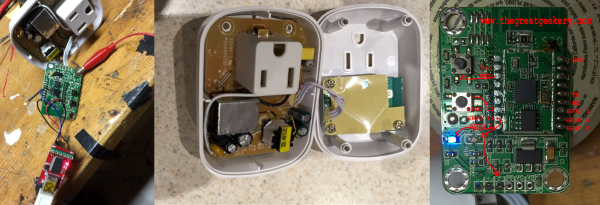Shoplifting is a major problem for many brick-and-mortar retail stores, and it seems that stealing and then selling power tools is a lucrative enterprise for some criminals. To combat this, Home Depot is starting to sell power tools that will not work unless they are activated at the checkout counter.
According to a 2020 survey in the US, “organized retail crime” cost retailers $719,548 per $1 billion dollars in revenue. One thief was recently arrested after stealing more than $17,000 worth of power tools from Home Depot. While many stores put high value items in locked display cases, Home Depot felt that this tactic would negatively affect sales, so they partnered with suppliers to add an internal kill switch. Although persistent criminals might find a way to deactivate this feature, it sounds like Home Depot is hoping that will be just enough trouble to convince most criminals to look for easier targets somewhere else.
We would be really interested in getting our hands on one of these power tools to see what this kill switch looks like and how it works. Something like a Bluetooth activated relay is one option, or maybe even something that is integrated directly in the motor controller. If it were up to us, we would probably pick something that receives power wirelessly using a coil and requires a unique code. For their sake, we hope it’s not something that can be deactivated with just a large magnet.
Thanks for the tip [Garth Bock]!















